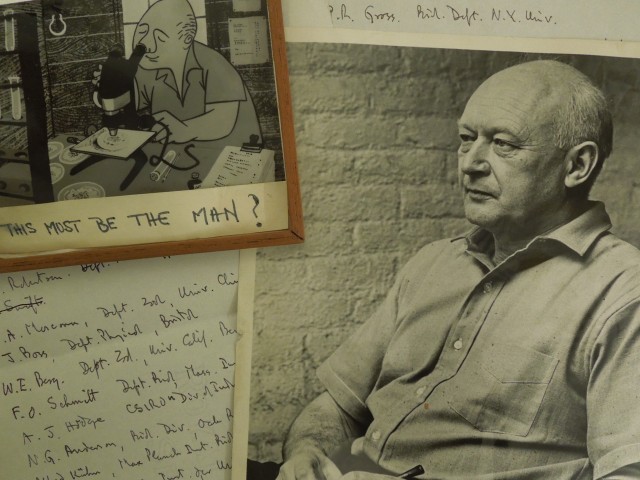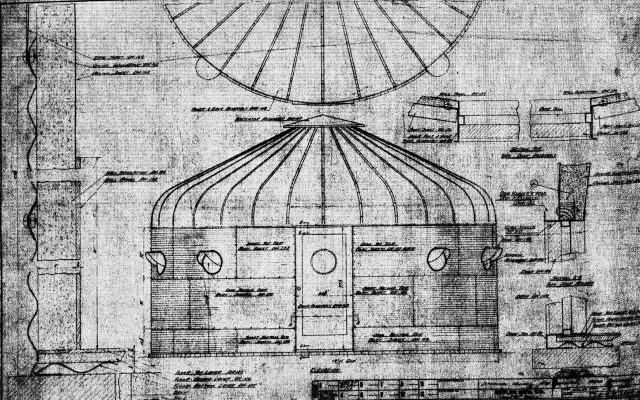There was a fantastic universal sense that whatever we were doing was right, that we were winning….
And that, I think, was the handle – that sense of inevitable victory over the forces of Old and Evil. Not in any mean or military sense; we didn’t need that. Our energy would prevail. There was no point in fighting – on our side or theirs. We had all the momentum; we were riding the crest of a high and beautiful wave….
So now, less than five years later, you can go up on a steep hill in Las Vegas and look West, and with the right kind of eyes you can almost see the high-water mark – that place where the wave finally broke and rolled back.
– Hunter S. Thompson, Fear and Loathing in Las Vegas, 1971
This has been a technical studio. We re evolving new tools: analytical tools for understanding new space and form, and graphic tools for representing them. Don’t bug us for lack of social concern; we are trying to train ourselves to offer socially relevant skills.
– Student Notes, “Commercial Values and Commercial Methods,” Learning from Las Vegas, 1972
[Las Vegas] is already beginning to fade, as energy becomes more expensive and the architecture less inventive. It won’t blow away in the night, but you begin to wish it might, because it will never make noble ruins, and it will never discover how to fade away gracefully.
– Reynar Banham, Scenes in America Deserta, 1982
The first time I visited Las Vegas was on business. It also happened to be my birthday. Coworkers, family and friends made much of this seemingly fortuitous coincidence; slyly congratulating me on the cosmic conspiracy that sent a young New York twenty-something to a city famous for sun and sin on business on his birthday. “Whatever happens in Vegas stays in Vegas.” In truth, not only was this my first time visiting Las Vegas, but it was also the first time that I would travel west of Cleveland; the first time that I would experience, even if only in derivative form, the great deserts of the American Southwest.
Continue reading →





